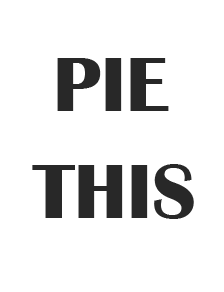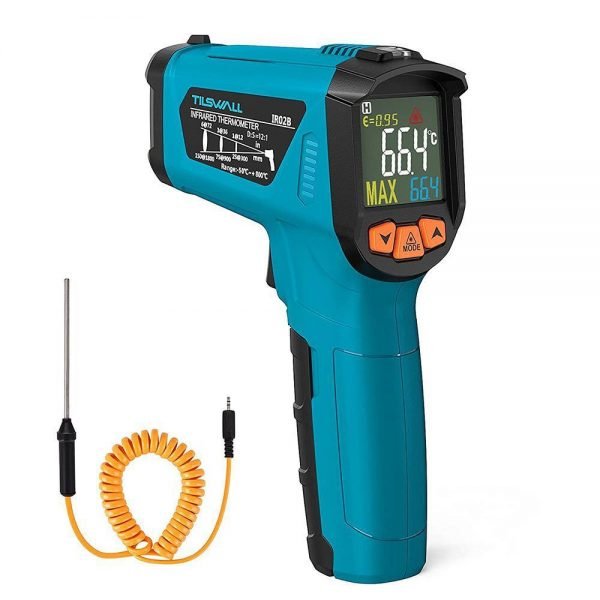A disinfectant is now a must-have product in many households due to the re-emergence of old diseases and the appearance of new ones. Everyone is also asked to observe proper disinfection techniques to stop the spread of pathogens.
Table of Contents
What Is a Disinfectant?
A disinfectant is any formulated product used to clean inanimate surfaces and objects of pathogenic microorganisms. The cleaning process is called disinfection.
Disinfectants generally work against bacteria, but there are a few things to consider when using disinfectants or anti-bacterial products. These factors include:
1. Pathogen Population
Pathogens are tiny organisms that can easily sneak into every corner and crevice. The size or area you need to disinfect because of pathogen presence hardly matters; what is important is to prevent the bacteria from multiplying quickly and forming colonies.
A medical professional recommends that property or surface be examined first before disinfection. It is crucial to determine what activities are being done in the area, how many people use it, and how often they do so.
2. Localization
Anti-bacterial cleaning should be done from every angle of the target area. This is because even in small areas, pathogens can thrive and multiply. Professional cleaners also recommend disassembling items found in the area before disinfection is performed.
3. Tolerance and Resistance
Mild disinfectants are not always effective against certain microorganisms like Mycobacteria. This is due to the protective waxy cells that act as a shield for these bacteria. Thus, microbiologists recommend that any area exposed to microorganisms be given several sanitation levels before it can be considered fully disinfected.
4. Chemical Potency
Commercial disinfection products may contain chemicals with varying potencies. For example, those for household use contain milder chemicals than those reserved for scientific and medical institutions. In any case, chemical potency is crucial when it comes to eliminating pathogens.
5. Physical Factors
How disinfectant products perform depends on physical factors like humidity, temperature, and water hardness. The latter, for example, often decreases the effectiveness of a disinfectant because its minerals, notably magnesium and calcium, can bond with chemicals to form insoluble substances.
Disinfection Myths
Many myths surround disinfectants and the disinfection process. These are common misconceptions that many people believe to be the truth.
1. The disinfection process is instantaneous.
This is the biggest disinfection myth of all. Since there are pathogens that can resist certain disinfection products, it can happen that one swipe of a disinfecting agent will not kill all existing pathogens.
You must read the product details carefully to ensure that the correct amount of disinfectant chemicals are applied to a given target area. Usually, this will include information about how often the disinfectant chemicals must be applied to clean an area effectively.
2. Only high-touch surfaces should be disinfected.
Disinfect all surfaces that are frequently touched or held. This should include door knobs, light switches, handles, elevator buttons, and many others. It is crucial for places such as hotels and restaurants. Meanwhile, for households, large areas where people gather, such as the kitchen, living room, and dining room, should be disinfected.
3. Bleach can effectively disinfect laundry.
Bleach is not recommended for laundry disinfection. Some clothes may not be suitable for bleach. It’s better to use warm water and a washer to eliminate bacteria from dirty clothes.
4. Vinegar is an effective disinfectant.
Vinegar can be used to disinfect and clean surfaces and clothing. However, it is not strong enough to disinfect large clothes and kill bacteria. Nevertheless, vinegar can be used as a germicide to combat food-borne pathogens.
How to Use Disinfectants Properly
While disinfectants are generally effective, there are ways to maximize their potency. Below are some of them.
1. Read the Label
Before using any disinfectant product, always read and verify the label. Every available disinfectant has a different chemical composition. Manufacturers usually specify how to use their products to a surface and list this down on the labels.
2. Ensure Adequate Ventilation
According to a Denver water damage restoration expert, safety should be your paramount concern when disinfecting your home after a disaster like water damage. Before you perform any disinfection, ensure that the windows are open for proper ventilation, as disinfectants can sometimes cause respiratory problems.
3. Use Room-Temperature Water
If you opt to dilute a disinfectant in water, use one set at room temperature. It helps facilitate the dilution process and can result in a more powerful solution. Dilution is often slower when cold water is used. On the other hand, warm water can significantly reduce the potency of your disinfectant.
Key Takeaway
These days, you should strive to keep your home clean and free from any health hazards. It is because several deadly diseases from the past have staged a comeback even as people are still grappling with equally dangerous modern viruses.
A critical part of any campaign against diseases is the regular use of disinfectants. These often come in various forms and types and can sometimes cause confusion. Thus, you must know what a disinfectant can do and if it is what you want to keep yourself healthy and disease-free.





